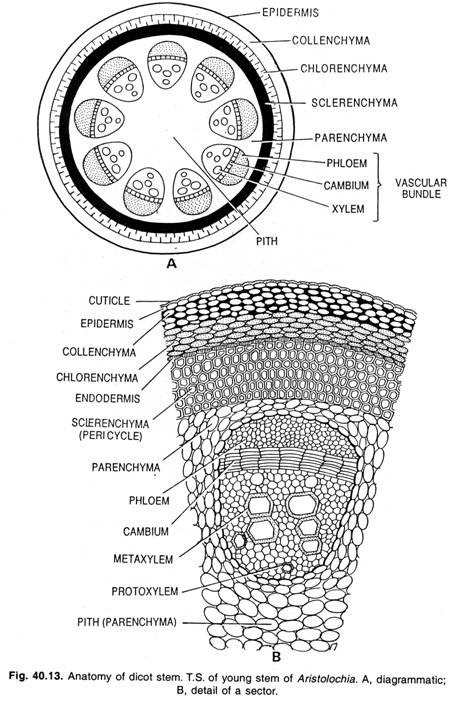ADVERTISEMENTS:
In this article we will discuss about:- 1. Meaning of Chemo-taxis 2. Demonstration of Chemo-taxis 3. Chemotactic Behaviour of Bacteria.
Meaning of Chemo-Taxis:
Chemo-taxis is the movement of bacteria towards chemical attraction and away from chemical repellants. Bacteria are attracted towards the nutrients such as sugars and amino acids, and are repelled by harmful substances and bacterial wastes. They also respond to other environmental fluctuations such as temperature, light, gravity, etc.
Demonstration of Chemo-Taxis:
Chemo-taxis can be demonstrated in laboratory by observing them in chemical gradients. A thin capillary tube is filled with an attractant and put into bacterial suspension by lowering down the capillary tube. From the end of capillary attractant is diffused into the suspension and chemical gradient is established. Bacteria assemble at the end of capillary tube and swim up the tube.
ADVERTISEMENTS:
The rate of chemo-taxis can be measured by the number of bacteria within die capillary after a given time. It has been found that bacteria also respond to even low concentration (10- 8M) of some sugars. They increase the responses with increasing the concentration of sugar. If both the attractants and repellants are present together, bacteria will respond chemicals with the most effective concentration.
Chemotactic Behaviour of Bacteria:
By using the tracking microscope (a microscope with automatic moving stage that keeps an individual bacterial cell in view) chemotactic behaviour of bacteria can be studied. E. coli and other bacteria move randomly in absence of chemical gradient.
Bacteria run in a straight direction or slightly curved line for a few second. Then it stops and tumbles for a short while (Fig. 4.5). The tumble is followed by a run in different directions. If the attractant concentration is higher, tumbling behaviour is checked and they run for a long time. The opposite response occurs when a repellent is present.
The frequency of tumbling decreases when bacteria move down the gradient away from the repellent. When a bacterium is provided with attractant gradient they tumble less frequently i.e. has long runs while travelling the gradient. Bacteria compare its current environment with that present a few moments ago.


